Deforestation, the large-scale clearing of forests, is a critical environmental issue with dire implications. It affects biodiversity, climate change, and the survival of numerous species, including big cats like tigers, lions, leopards, and jaguars. This article delves into how deforestation impacts these majestic creatures and why it is a pressing concern.
Defining Big Cats: An Introduction
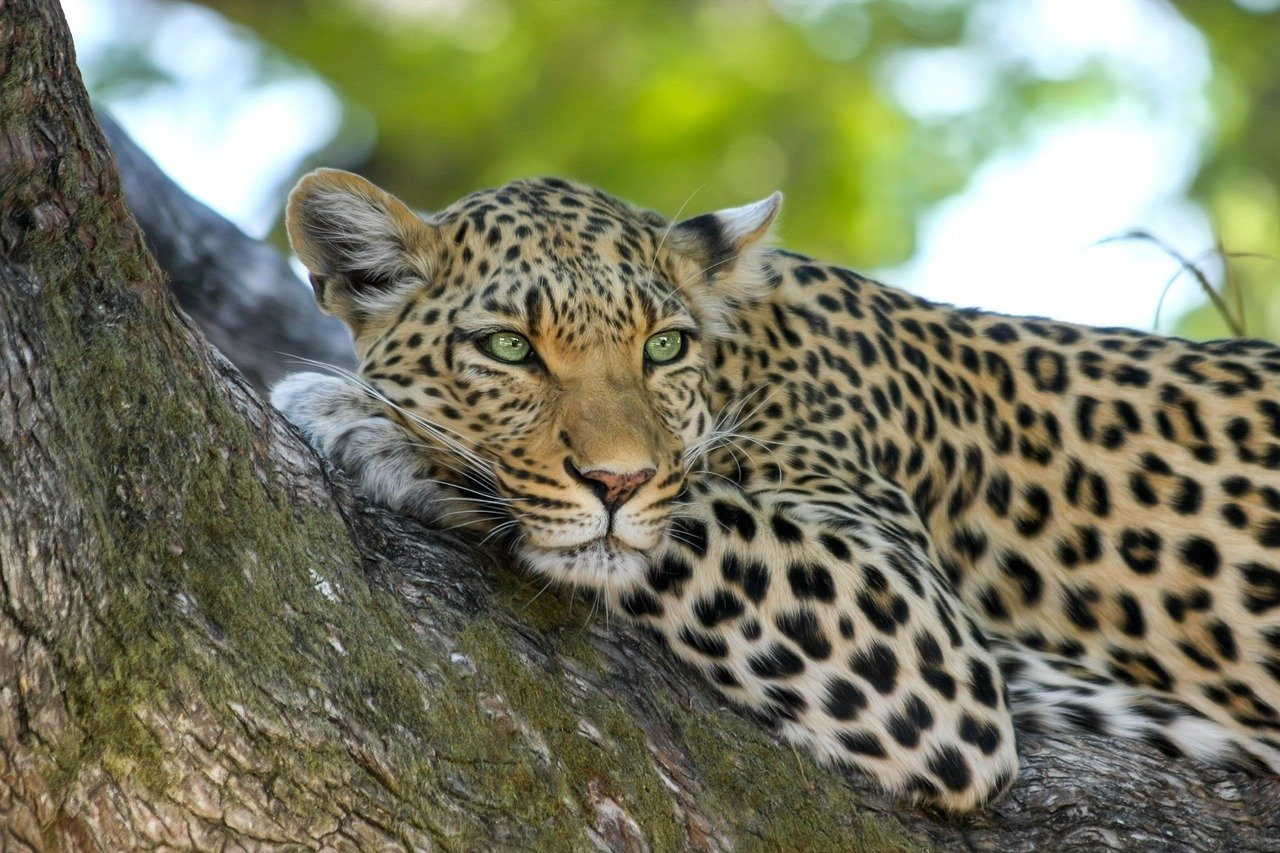
Big cats are among the most admired and iconic animals on the planet. This group includes tigers, lions, leopards, jaguars, cheetahs, snow leopards, and cougars. Known for their strength, beauty, and predatory prowess, big cats play vital roles in their ecosystems. They help maintain the balance of nature, controlling prey populations and influencing the structure of animal communities.
The Importance of Forest Habitats
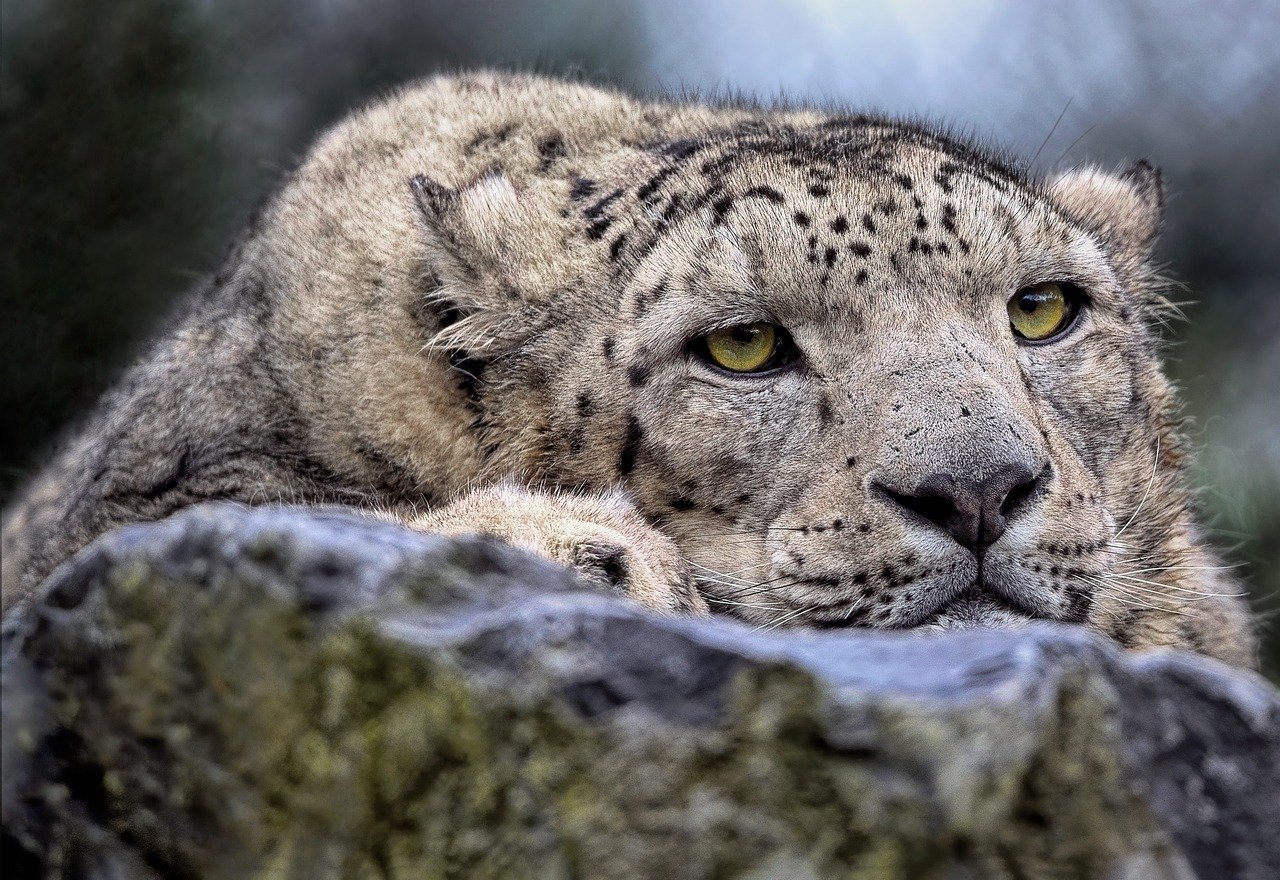
Forests provide essential habitats for big cats. They offer shelter, breeding grounds, and abundant prey. Dense vegetation affords camouflage for both stalking predators and hiding prey. For instance, tigers are primarily found in Asia’s lush rainforests, while jaguars roam the dense jungles of the Amazon. Without these habitats, big cats struggle to survive.
The Role of Big Cats in Ecosystems

As apex predators, big cats are crucial for maintaining ecological balance. They control herbivore populations, which in turn influences vegetation cover and the entire ecosystem structure. The absence of big cats can lead to overpopulation of certain species, resulting in overgrazing and a subsequent decline in biodiversity.
How Deforestation Impacts Big Cats

Deforestation leads to habitat loss, forcing big cats into smaller areas with less prey and more competition. This reduces their populations and pushes them closer to human settlements, increasing the risk of human-wildlife conflict. Furthermore, fragmented habitats isolate populations, reducing genetic diversity and increasing extinction risk.
Specific Challenges Faced by Big Cats
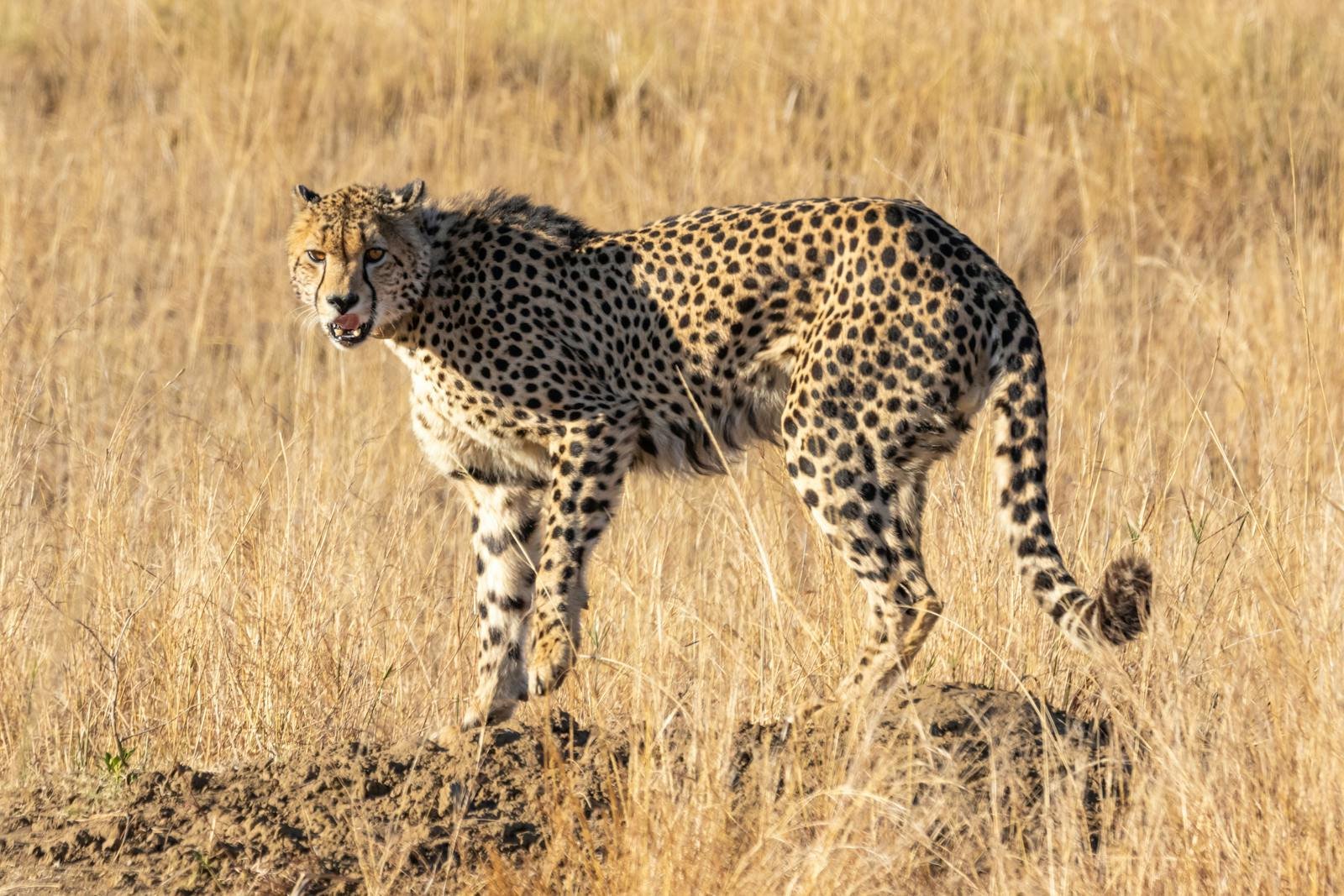
When forests are cleared, big cats face numerous challenges: decreased prey density, loss of breeding sites, and increased vulnerability to poaching. For example, tigers are forced into smaller, fragmented regions, leading to more inbreeding and a higher susceptibility to diseases.
The Domino Effect of Deforestation
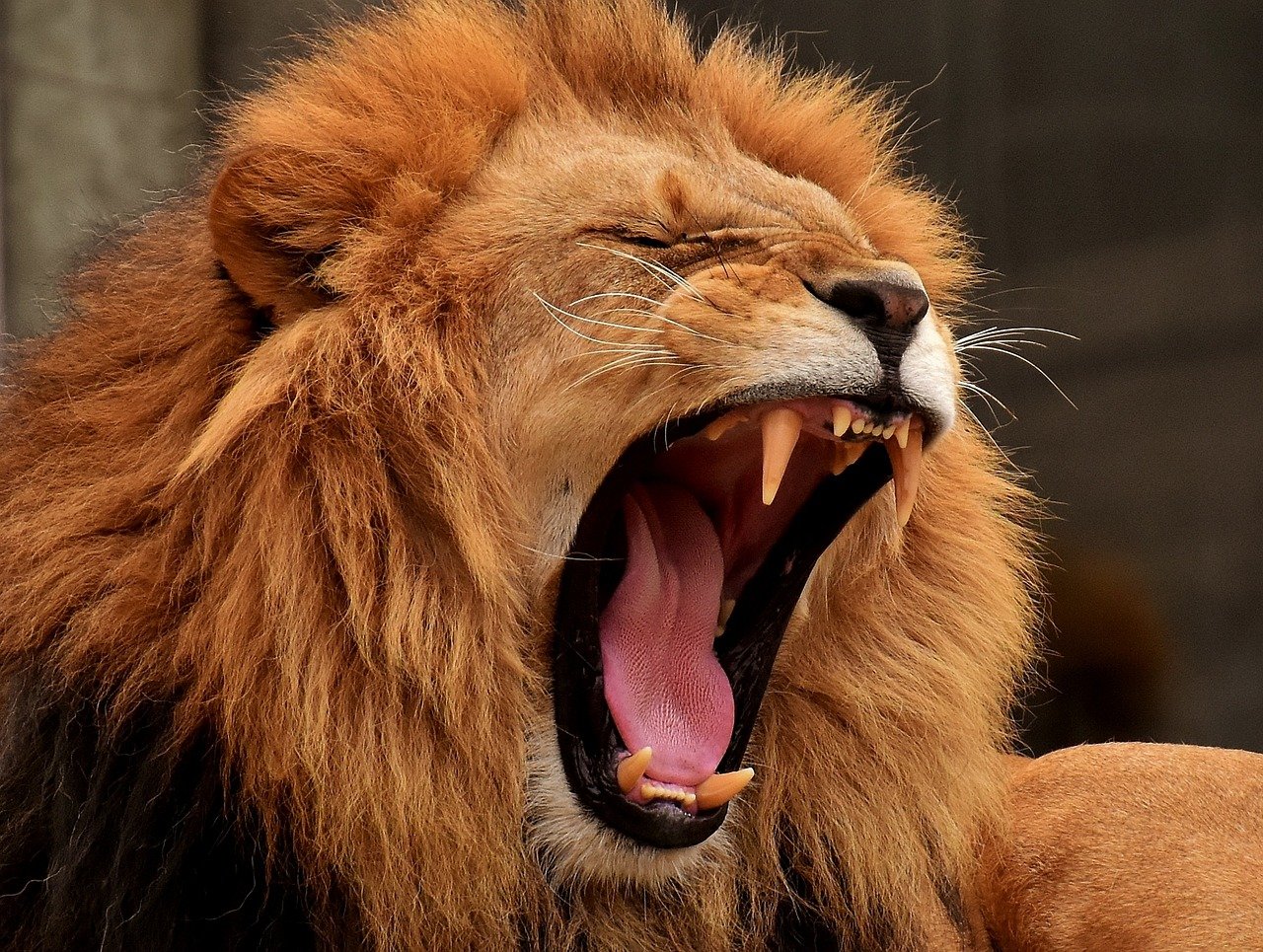
When big cats disappear, the impact ripples through the ecosystem. Overpopulated prey species can strip vegetation and destabilize ecosystems, affecting water cycle, soil health, and plant diversity. This domino effect underscores the interconnectedness of species and the environment.
Conservation Efforts and Challenges
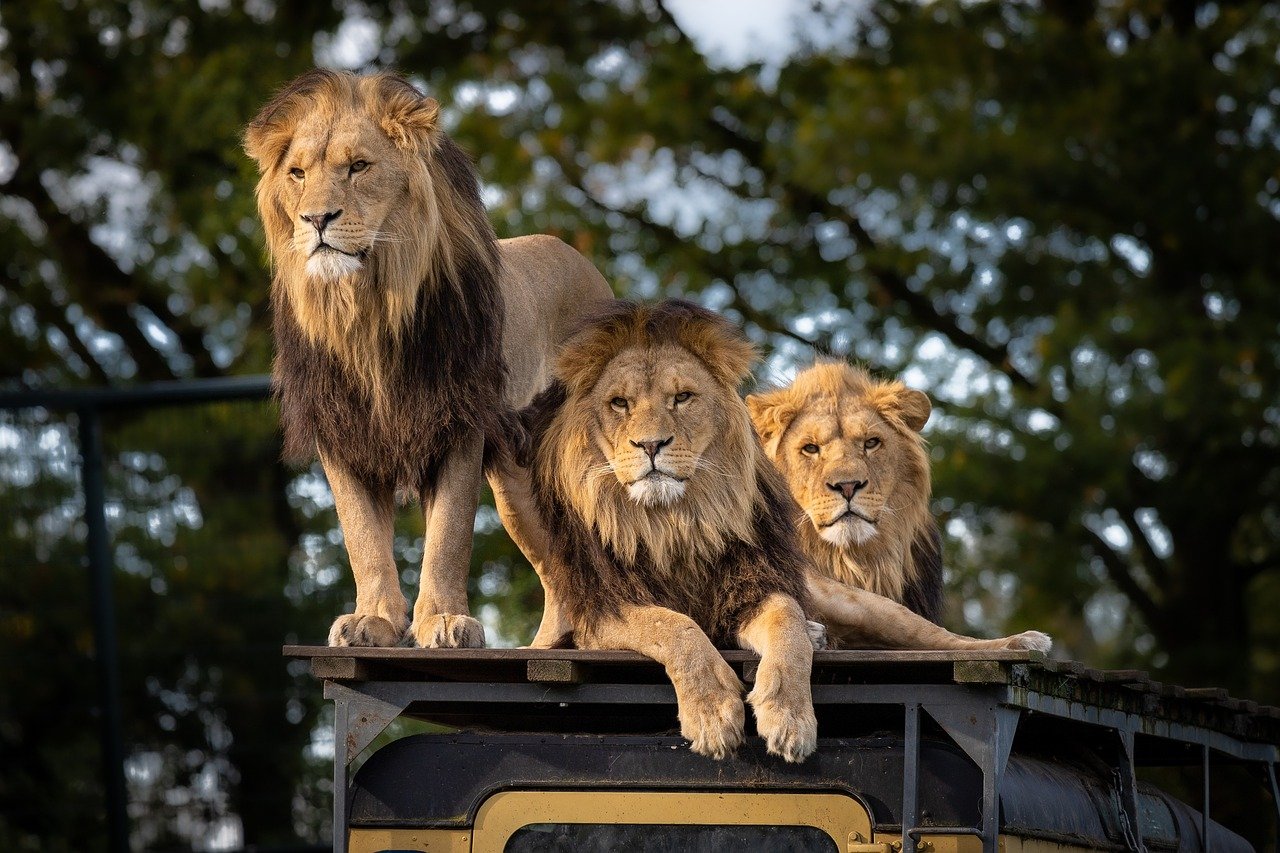
Efforts to conserve big cats include habitat preservation, anti-poaching patrols, and establishing wildlife corridors. However, these are challenging due to ongoing deforestation, human encroachment, and inadequate funding. Success requires international cooperation, sustainable development practices, and strong legal frameworks.
The Role of Sustainable Development
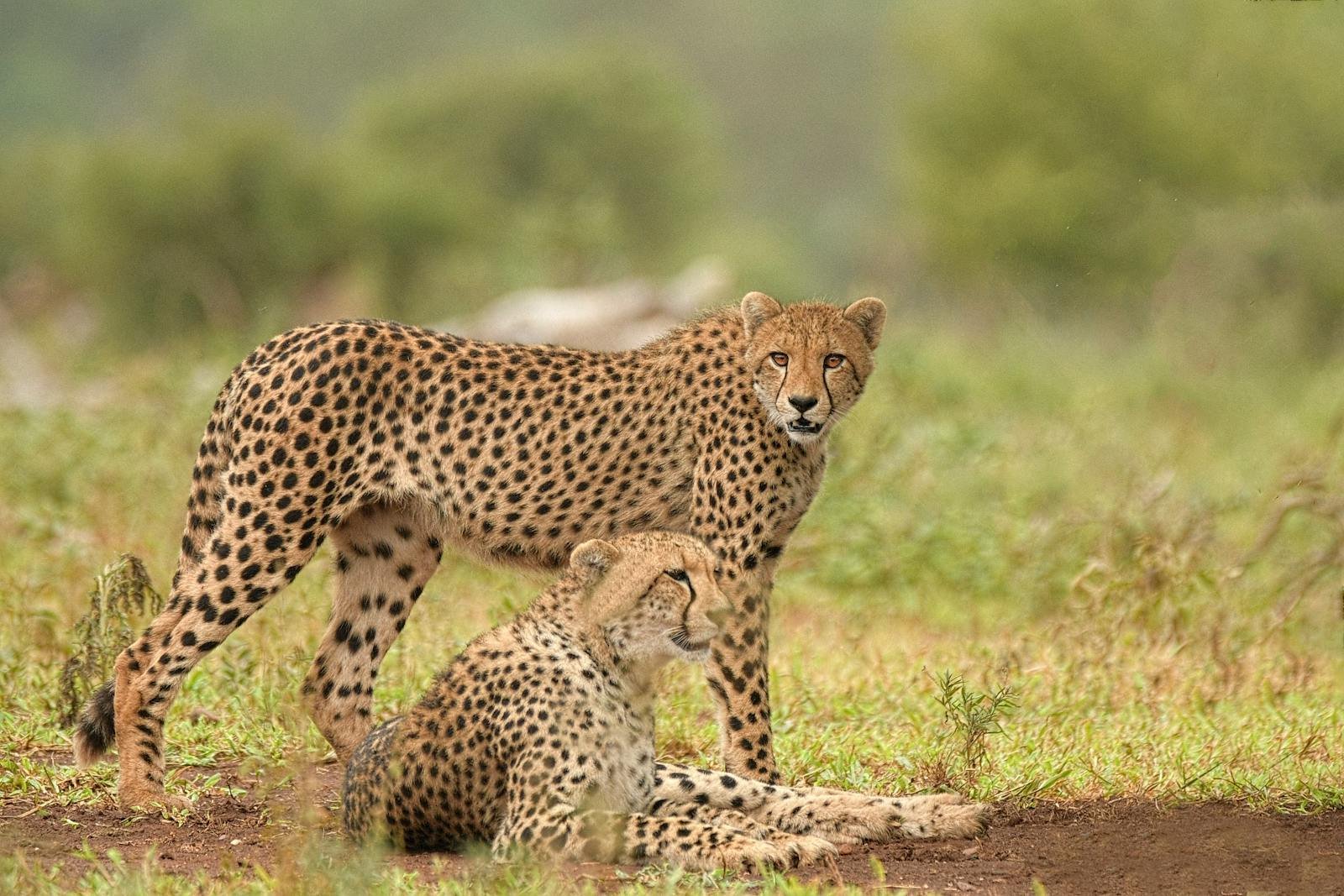
To tackle deforestation, sustainable development practices must be employed. These include promoting sustainable agriculture, responsible logging, and eco-friendly tourism. By valuing forests as economic, ecological, and cultural assets, we can mitigate deforestation and support big cat conservation.
What You Can Do to Help
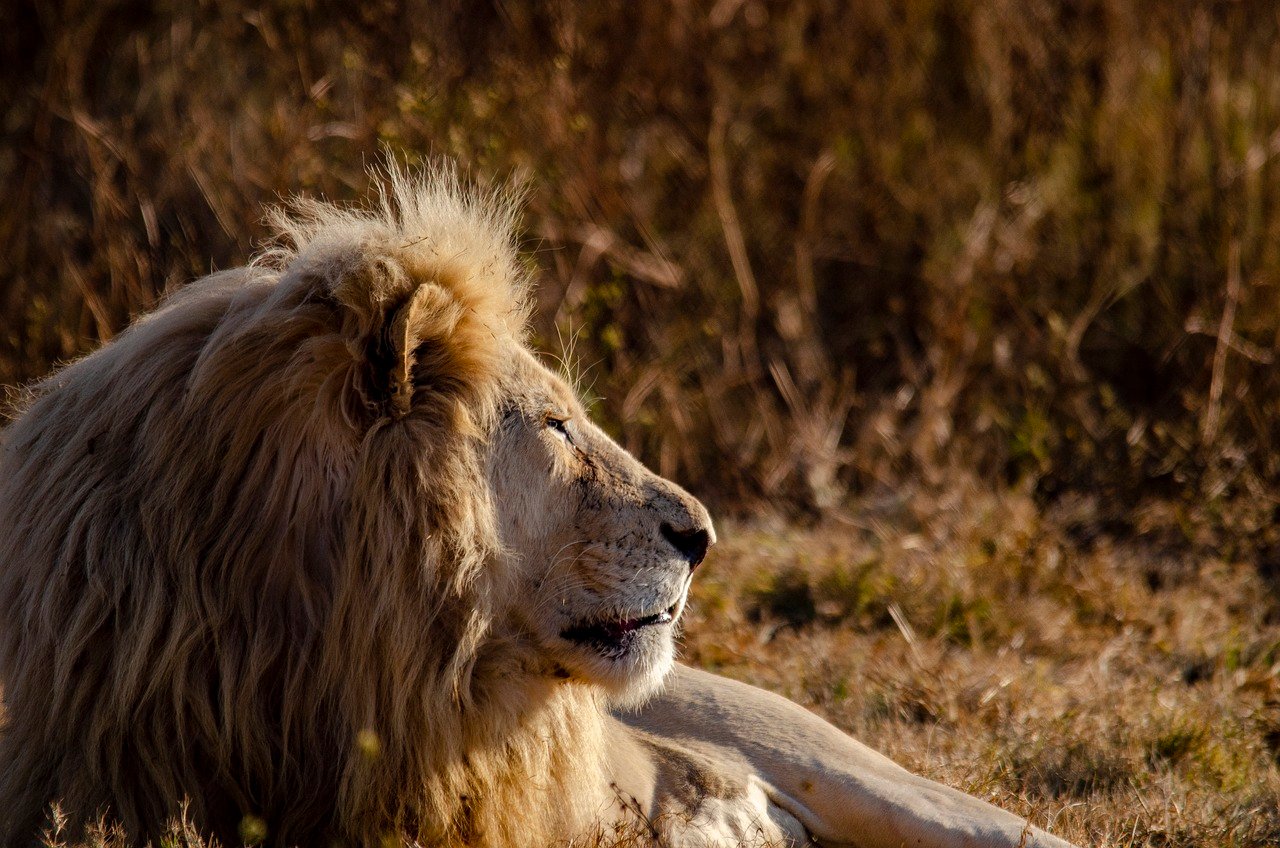
Individuals can aid big cat conservation by supporting organizations focused on habitat protection and restoration. Advocating for and purchasing sustainably sourced products reduces demand for deforestation-driven commodities. Public awareness and education are key to creating a collective push towards more sustainable practices.
The Future of Big Cats
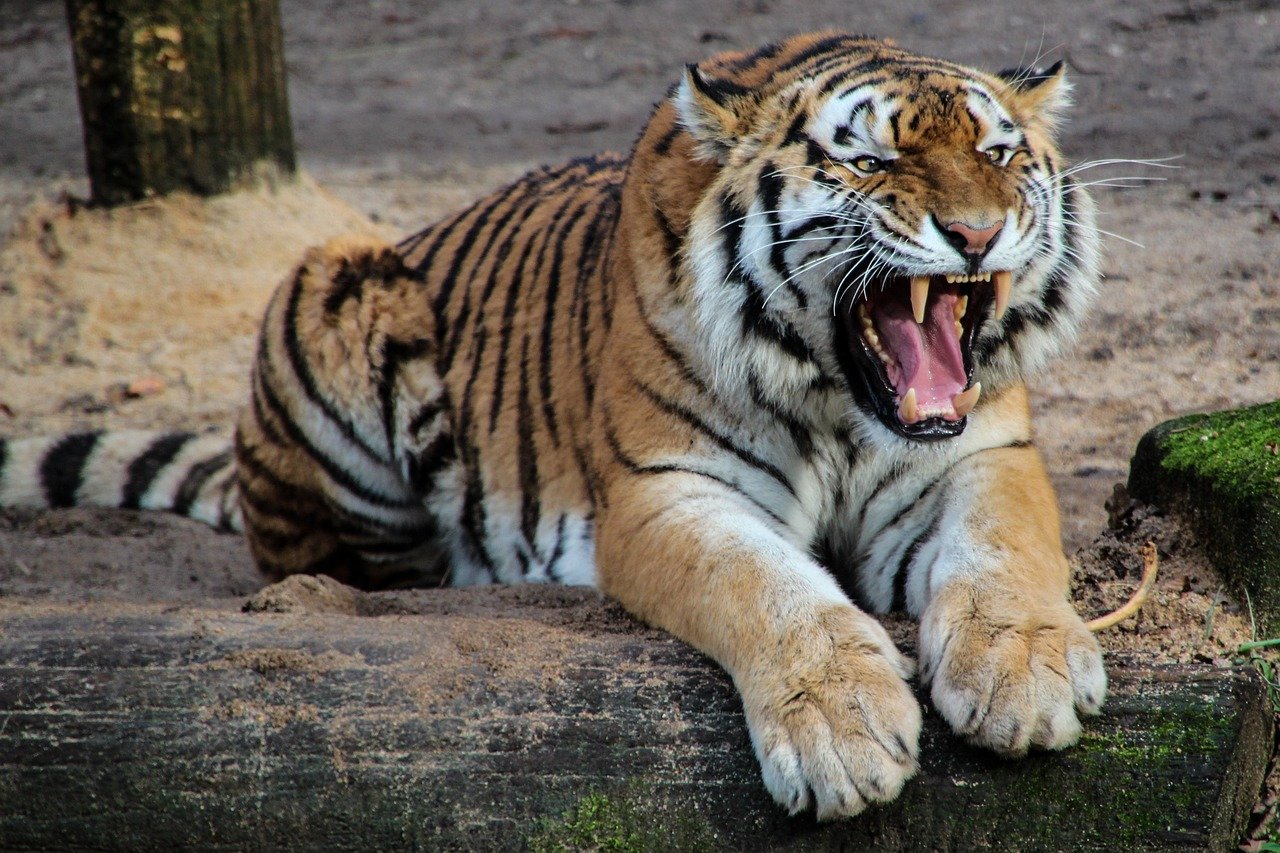
The fate of big cats is intricately tied to the forests they inhabit. While deforestation poses a significant threat, conservation efforts give hope for their survival. By understanding the importance of protecting these keystone species, we can work towards a future where big cats continue to thrive alongside humans, maintaining the natural balance and enriching our world.
Hi, I’m Bola, a passionate writer and creative strategist with a knack for crafting compelling content that educates, inspires, and connects. Over the years, I’ve honed my skills across various writing fields, including content creation, copywriting, online course development, and video scriptwriting.
When I’m not at my desk, you’ll find me exploring new ideas, reading books, or brainstorming creative ways to solve challenges. I believe that words have the power to transform, and I’m here to help you leverage that power for success.
Thanks for stopping by, Keep coming to this website to checkout new articles form me. You’d always love it!






